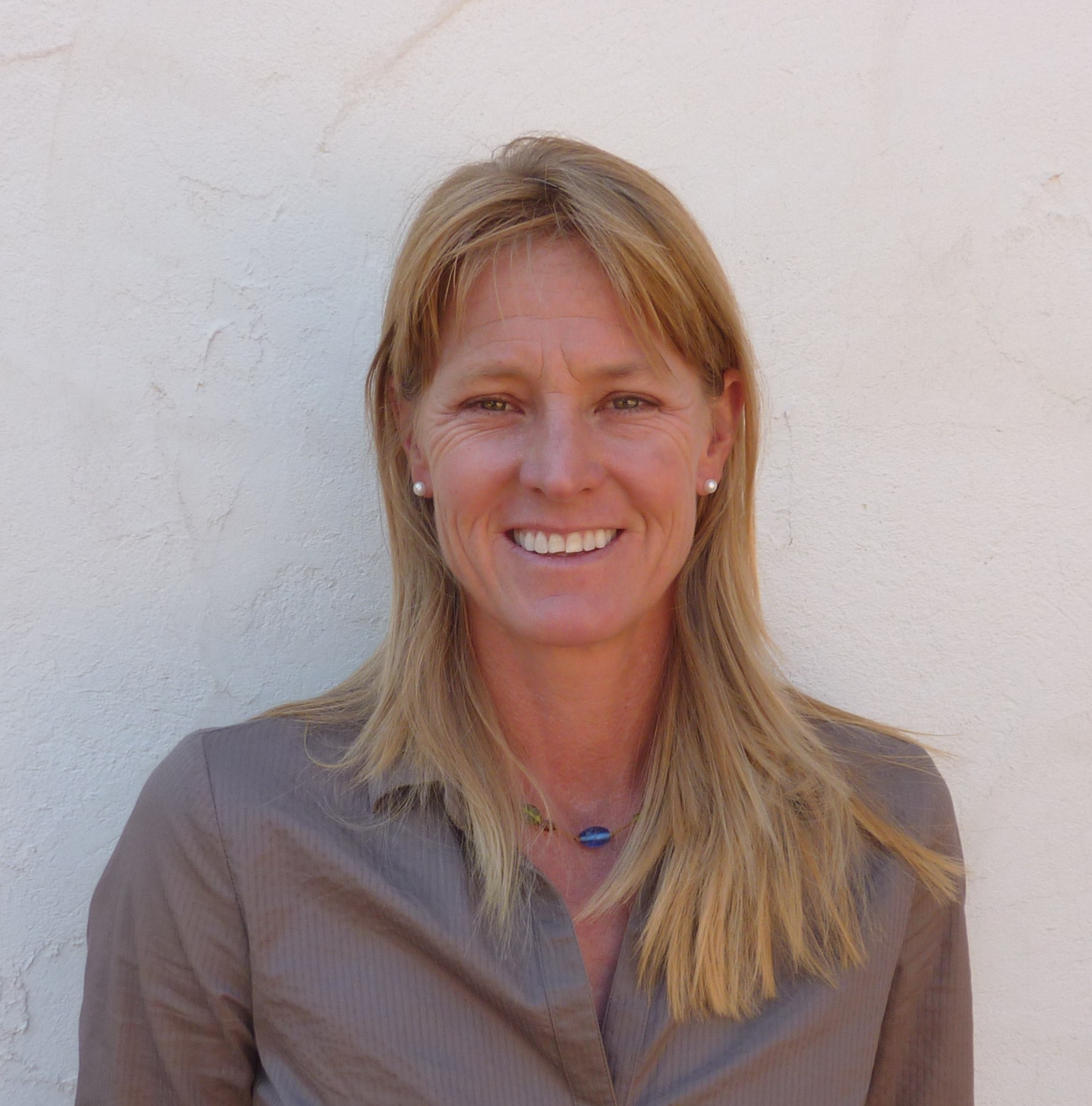Some information may be outdated.
Long term care has been an integral part of Grand County’s health care system for a long time, at least since 1985 when 14 beds at the hospital were converted to long term care. Long term care helps those persons dependent on nursing care for activities of daily living and who have a level of dependence that does not allow them to live on their own. While this is most often associated with the elderly, not all long term care needs are for our senior citizens.
Our local hospital was supported in part by property tax levied by the Hospital Special Service District until 1993. Later, a portion of Mineral Lease funds were allocated by the County to help support the hospital during the time that it was operated by the HSSD.
In 1995 direct financial support from the HSSD was discontinued when the hospital came under the management of Rural Health Management Corporation. The Moab Valley Healthcare Board, which oversaw this management agreement, concluded that a new hospital building would eventually be necessary.
Grand County and organizations including Canyonlands Health Care Special Service District, Moab Valley Healthcare, Moab City and Grand County plus private individuals formed the Moab Area Partnership for Seniors (MAPS). A plan was developed to have a “medical campus” with different organizations responsible for various services.
Community involvement indicated a strong preference for having long term care services greater than what existed at Allen Memorial Hospital. The plan included the senior center, a hospital, a long term care facility, and eventually independent living and assisted living programs. Information at that time led CHCSSD and the Moab Valley Healthcare, Inc. Boards to conclude that including certain items in the hospital’s building costs and sharing select services with the Canyonlands Care Center – namely the HVAC system, emergency power generator, laundry and cafeteria – could make the long term care facility financially viable, with contributions from Mineral Lease and PILT monies to help pay off its building costs.
During the first year of operations components of the Care Center’s operations were provided by the hospital in order to cut costs, including billing, initial staffing and payroll, food and laundry services.
This arrangement created problems for the hospital when Medicare disallowed payments for services provided to the Care Center by the hospital, thus necessitating separation of some of these services. The changes added significant costs to the Care Center’s operations and, in the meantime, Medicaid reimbursements plummeted, state bed taxes rose, costs of hospital-provided services increased and unforeseen costs arose associated with the mandated participation in the Utah State Retirement fund. The Canyonlands Care Center’s ability to cover operating costs appears unlikely in any scenario.
Where are we now?
The Canyonlands Care Center is in a similar position as other community-owned facilities that struggle to make ends meet. Most government-owned medical facilities in Utah have additional revenue streams to offset costs that simply can’t be covered by a primary revenue source – Medicaid reimbursement – that is continually adjusted by the federal government. Mineral Lease and PILT monies dedicated to the CHCSSD help cover bond payments but the future amounts of these payments may go down so they cannot be relied upon to grow and further assist in this situation.
Solutions:
The Care Center is operating at an average deficit of $45,000 per month. If additional funding sources are not identified quickly, the Care Center may be forced to cease operations. One time infusions of funds will not solve the problem long term; ongoing funding will be needed. A task force comprised of representatives from the County Council, Moab City, and the CHCSSD and Moab Healthcare Boards is currently considering every option with the intent of keeping this valuable resource for our community. The facility serves a definite need and keeps families close by to residents of the Care Center. Options include:
• Sale of entire facility to a private entity in which case the debt for the building would be paid.
• Contracting management of the Care Center to a private entity still leaves CHCSSD paying the building bonds and probably requiring additional funds over the long term to meet this obligation. Additionally, the Care Center would be required to participate in the State Retirement program.
• Implementing an up to .5% sales tax which could provide funds to cover non-reimbursable operations costs as well as bond payment costs not covered by mineral lease and PILT monies. A health care tax would also provide the CHCSSD with funds to meet other ongoing health care needs in our community for serving un-insured and under-insured residents.
We are committed to providing citizens with accurate and up to date information throughout this process and we welcome questions and input from the community.
Appreciate the coverage? Help keep local news alive.
Chip in to support the Moab Sun News.



